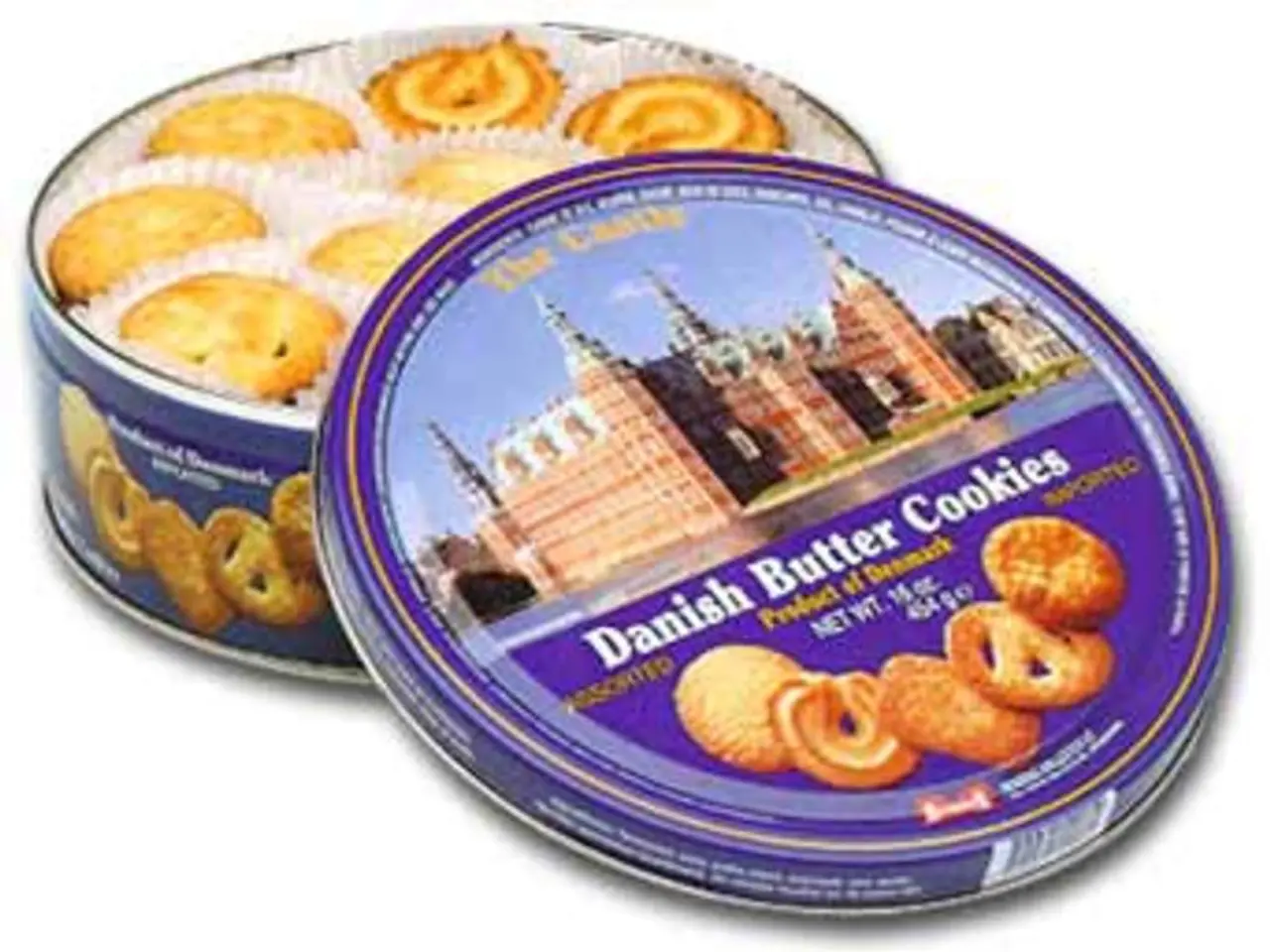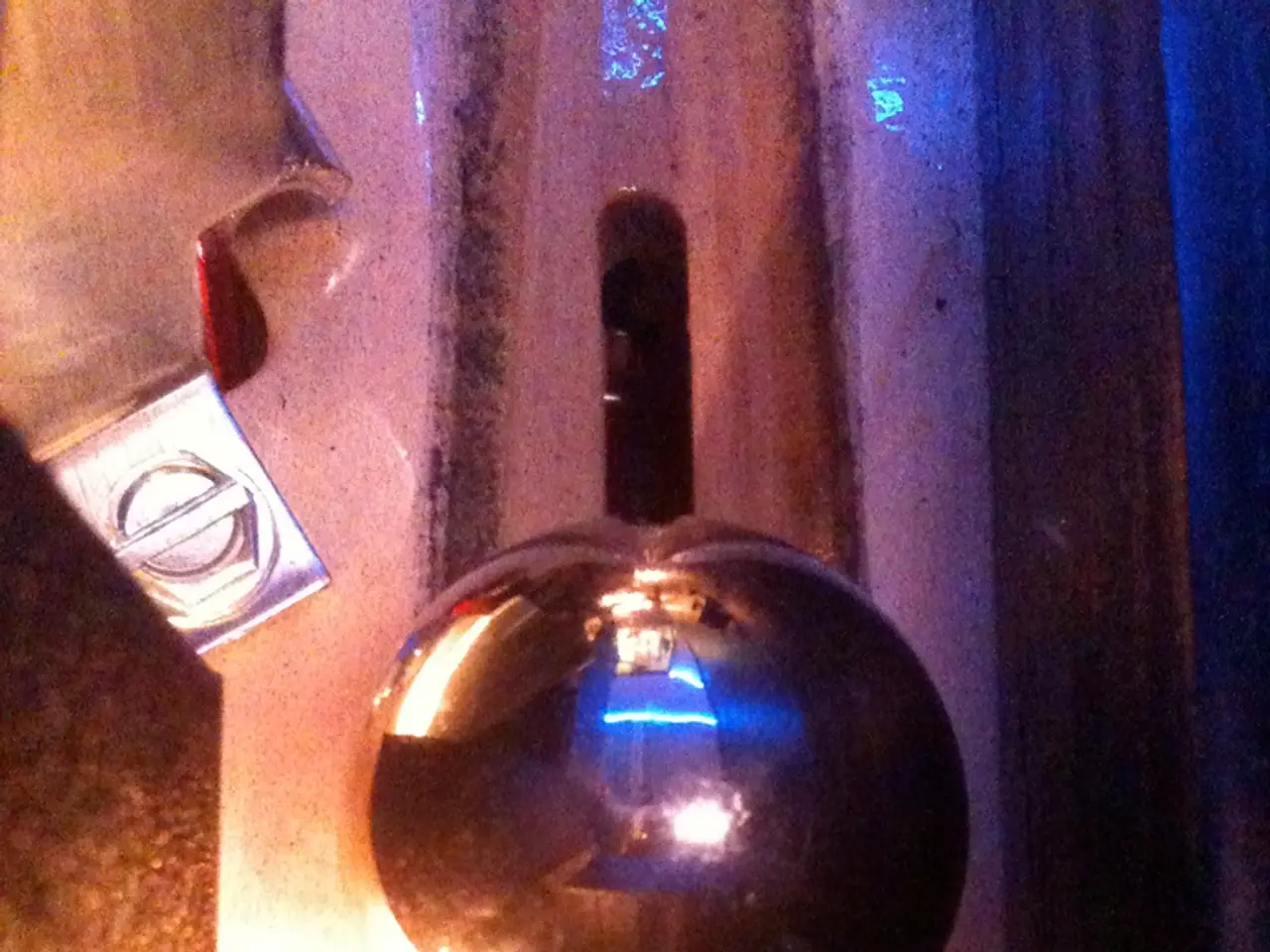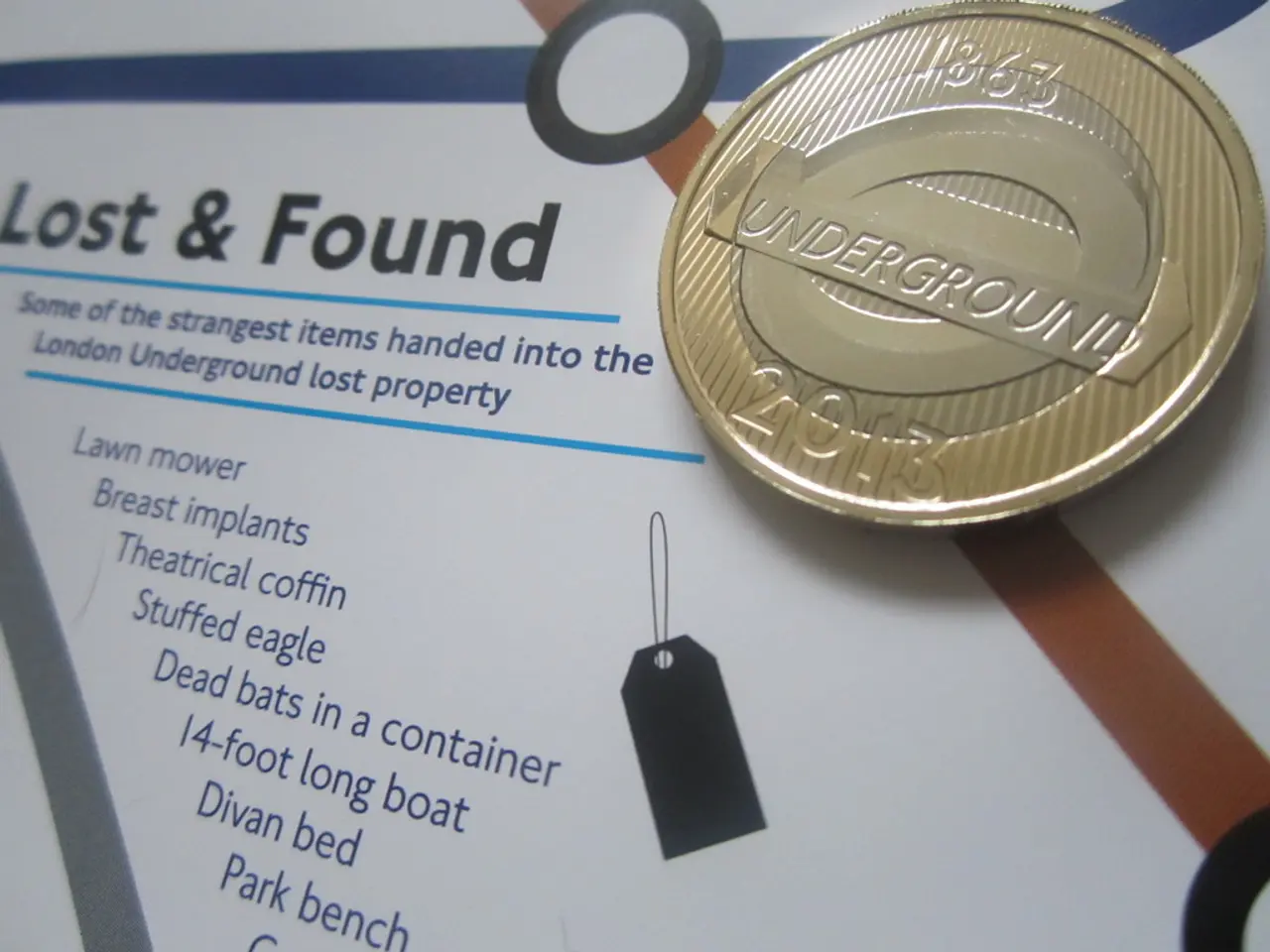Manufacturing-grade PCB Design Files: A Comprehensive List Including Gerber, ODB++, and More
Streamlining PCB Manufacturing: The Advantages of ODB++ Over Gerber Files
In the world of Printed Circuit Board (PCB) manufacturing, two file formats stand out: Gerber and ODB++. While Gerber files have been a staple in the industry for years, ODB++ is gaining popularity due to its comprehensive and organized nature.
Firstly, ODB++ is an all-in-one format. Unlike Gerber, which requires multiple separate files for different layers and drilling, ODB++ groups nearly every bit of board information—layer data, drill info, assembly instructions, materials, and more—into a single, organized archive. This makes it more streamlined for manufacturers, reducing errors and confusion associated with managing many separate files [1].
Secondly, ODB++ simplifies the manufacturing process. Because it consolidates all relevant data, it reduces errors and confusion, improving communication between PCB designers and manufacturers. This can lead to faster and more reliable production [1].
Thirdly, ODB++ facilitates advanced viewing and collaboration. In platforms like Altium 365, ODB++ projects can be uploaded and viewed as a composite set, allowing for easier review, measurement, and commenting by multiple collaborators or stakeholders compared to Gerber files which are layer-specific and often require additional tool processing [2].
In summary, ODB++ offers better integration, reduces file management complexity, and helps streamline the PCB production workflow relative to traditional Gerber files. This can lead to fewer manufacturing errors and more efficient communication across design and fabrication teams [1][2].
However, Gerber remains widely trusted and supported due to its long-standing industry use and simplicity for straightforward projects [1]. Manufacturers often support both file types and may select based on project complexity and customer preference [3].
Here are the key advantages of ODB++:
| Advantage | Description | |---------------------------|---------------------------------------------------------------| | Comprehensive data format | Combines layers, drilling, assembly, and material data in one | | Reduced file management | Single archive instead of multiple separate Gerber + drill files | | Improved collaboration | Enables unified viewing, measurement, and commenting | | Streamlined manufacturing | Fewer communication errors and process simplification |
These factors make ODB++ preferable especially for complex, multilayer, or high-volume PCB manufacturing [1][2].
In PCB manufacturing, the fabricator requires detailed Gerber or ODB++ files, or IPC-2581 imports/exports. Drilling is the most expensive, irreversible, and time-consuming process in the manufacturing process of PCBs. ODB++ is an intelligent format that contains all the information required to define a PCB layer. There are two types of holes to be drilled in the PCB, plated and non-plated holes. The netlist (formatted as IPC-356) is a list of networks that determine a bare circuit board’s conductivity interconnection scheme. All interconnect vias which connect different layers are plated [4].
Design files, also known as artwork, are the primary communication bridge between PCB fabricators and designers. For PCB manufacturing, the fabricator requires these detailed files [5].
References: [1] Altium. (2021). ODB++ vs. Gerber: A Comparison. Retrieved from https://www.altium.com/content/altium-com/en/articles/odb-vs-gerber-a-comparison/ [2] Altium. (2021). ODB++: The Advantages of Using ODB++ for PCB Manufacturing. Retrieved from https://www.altium.com/content/altium-com/en/articles/odb-advantages-for-pcb-manufacturing/ [3] IPC. (n.d.). IPC-2581. Retrieved from https://www.ipc.org/standards/ipc-2581/ [4] Circuits Today. (n.d.). Plated Through-Hole vs. Non-Plated Through-Hole. Retrieved from https://www.circuittoday.com/article/plated-through-hole-vs-non-plated-through-hole/ [5] PCB Library. (n.d.). PCB Design Files: Gerber Files, ODB++, and More. Retrieved from https://www.pcblibrary.com/resources/pcb-design-files-gerber-files-odb-files-and-more/
- In the PCB manufacturing industry, the rise of ODB++ technology is notable because it consolidates various gadgets of data, such as layer data, drill information, assembly instructions, materials, and more, into a single, organized archive compared to traditional Gerber files that require multiple separate files.
- Moreover, the integration of technology like ODB++ in the manufacturing process leads to a simpler workflow due to enhanced collaboration, fewer communication errors, and improved process streamlining, making it more advantageous, particularly for complex, multilayer, or high-volume PCB manufacturing scenarios.




